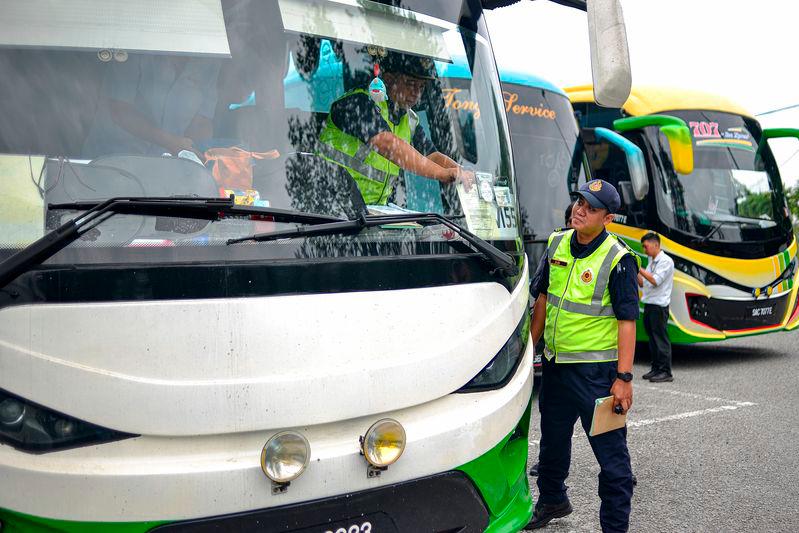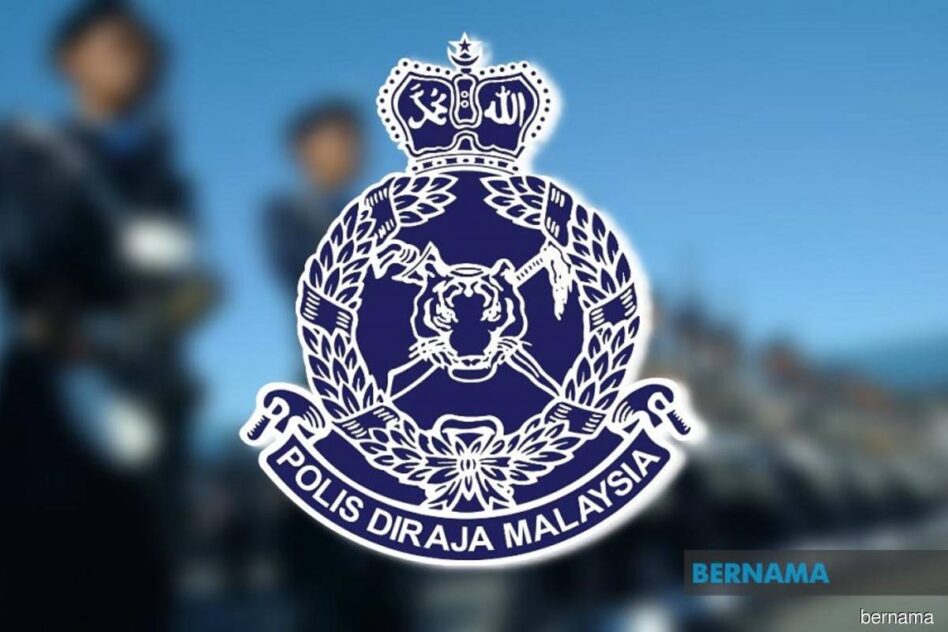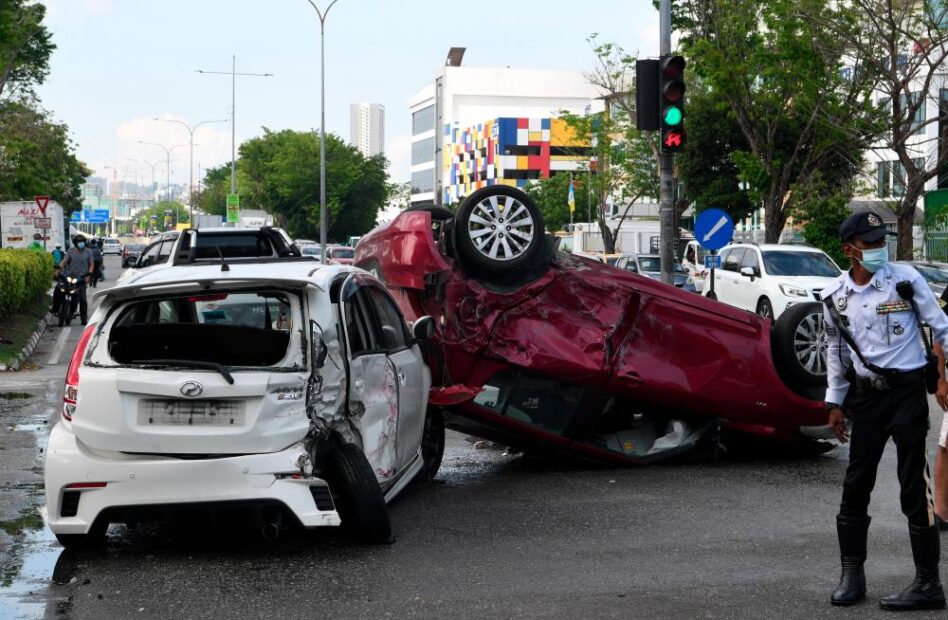ROAD safety has not reached the desired level, although there have been much discussions on the 3Es, which are engineering of roads and vehicles, education of users and authorities, and enforcement by patrol officers plus surveillance using closed-circuit television (CCTV).
Almost all road accidents occur not because of one but a combination of several factors. They included bad roads or weather, steering or brakes failure, faulty vehicle or traffic lights, objects or vehicles immobilised on the road, or crashed by vehicles, animals, trees, or earth.
But all these combined do not outweigh the main factor, and that is drivers’ behaviour. Lest we forget, the behavior of a person is not consistent all the time.
For example, most people would not do something wrong, such as stealing, for fear of being caught and suffering punishment although many would go ahead if they feel they could get away with it.
Over the past decades, taxi drivers were notorious in fixing fares instead of using the meter. Few official complaints were lodged, as it took too much trouble to report and also pointless without the necessary details.

Hence, the Commercial Vehicle Licensing Board introduced the taxi driver’s card, which was continued by the Land Public Transport Commission (under the PM Department) from 2011, and also by the Land Public Transport Agency (APAD) under the Transport Ministry in 2018.
The taxi driver’s card is displayed on the dashboard with a facial image and details of the driver’s name, identification number, taxi registration plates, ownership, and licence expiry. The card allows passengers and enforcement officers easy access to the above information.
In 2004, I took delivery of a budget cab and the taxi company applied for the driver’s card, which was issued in my name and registration of my taxi.
Attaching them is not a problem, as I do not let others drive my cab, and I do not have the time or need to drive any other taxis.
Recently, Datuk Mohamad Ashfar Ali, long serving president of the Pan Malaysian Bus Operators Association since 2004, called for a comprehensive driver card system to track bus driver movements between companies and ensure that any malpractice is monitored.
He was reported to have said, “It’s a proven method used with taxi drivers and could significantly improve safety standards. We have stage, express, school, workers, charter and excursion buses for the public, and private buses by government agencies and institutions.”
Ashfar said that taxi drivers wishing to quit one company to join another must obtain approval from APAD.
They are required to get supporting letters from the current and new company and submit to APAD for background checks to be conducted before a new driver’s card is issued.
Extending the use of driver’s cards from taxis to buses is necessary in view of the weaknesses in the two categories of vocational driving licences.
They are goods driving licence (GDL) for cargo vans and lorries, and public service vehicle (PSV) licence for taxis and buses.
Malaysians above 21 wishing to obtain a PSV licence must have a competent driving licence (CDL) for more than a year for Class D to drive taxis, and Class E for buses.
They must attend a short course at a JPJ-approved driving school and pass both theoretical and practical tests.

They must also be certified healthy by a doctor before a new PSV licence is granted and also for annual renewals.
I stopped driving taxis in 2010 but continued to renew my PSV licence for a few years. I would first go to a clinic for a checkup and my renewal form signed by a doctor.
But for most renewals of PSV licence, there were no proper physical examinations. Worse, many runners sell renewal forms signed by them using their rubber stamps, but made to look like the stamp and signature were from a clinic. It has been a sham over the past decades.
The government ought to consider making a requirement for all those renewing their GDL and PSV licences annually to be present for a half-day briefing, urine test, and inspection by JPJ officers at selected venues. Meanwhile, the driver’s card can be introduced for bus drivers.
If these new measures are introduced, the number of vocational driving licence holders would be reduced substantially, including large numbers who have unsettled summonses and fines, display ugly body language, or are plainly not physically fit to operate commercial vehicles.
Without in-cabin cameras to monitor and record dangerous behaviours of drivers such as often using the handphone, driving recklessly, rushing, speeding, and nodding off, accidents would continue unabated.
However, it can be reduced by changing drivers’ attitude and behaviour. ‒ June 30, 2025
YS Chan is master trainer for Mesra Malaysia and Travel and Tours Enhancement Course and an Asean Tourism Master Trainer. He is also a tourism and transport business consultant.
The views expressed are solely of the author and do not necessarily reflect those of Focus Malaysia.
Main image: Bernama









